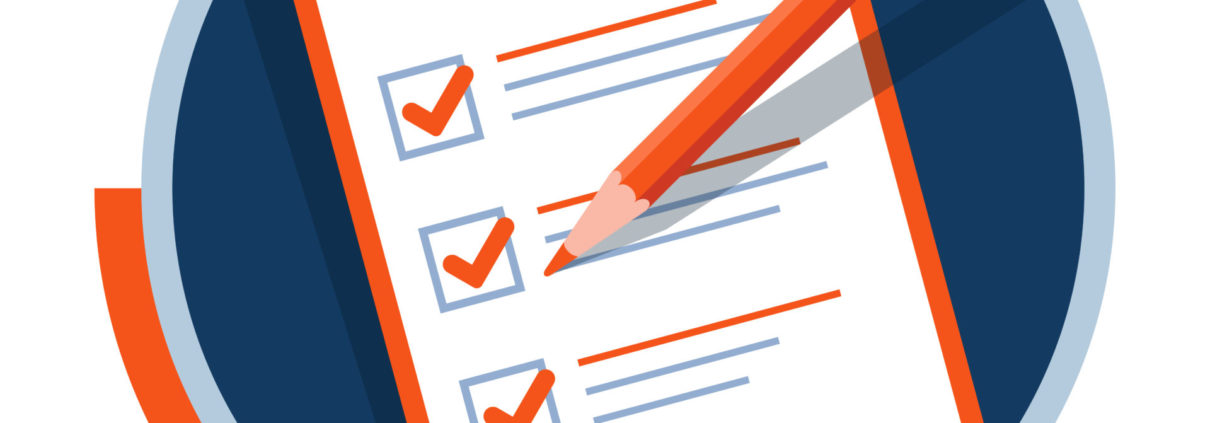A Documentation Checklist for Continuous Glucose Monitor Claims
For any item to be covered by Medicare B, there must be clinical documentation to support the covered diagnosis, prove it is reasonable and necessary for treatment and meet all other Medicare requirements. While the Local Coverage Determination (LCD) outlines billing and documentation requirements specific to each DMEPOS item, and the DME MACs created documentation checklists for each DMEPOS item, they tend to be verbose and difficult to read. Additionally, during the COVID-19 PHE, CMS expressed enforcement discretion on clinical indications for Continuous Glucose Monitors (CGM). Prescribers, and pharmacies, only needed to make sure the medical record reflected the equipment furnished to patients was reasonable and necessary. The LCD for CGMs was updated 3/2/2023 with an effective date of 4/16/2023, although the enforcement discretion seemingly coincides with the end of the PHE on 5/12/2023. The CGM checklist listed below can help suppliers in adhering to all of Medicare rules in simplified terms.
- CGM Initial Coverage Requirements – to be eligible for coverage of a CGM and related supplies, the beneficiary must meet all of the following initial coverage criteria (1) – (5);
- The beneficiary must have diabetes mellitus
- The beneficiary’s treating practitioner has concluded that the beneficiary or their caregiver has sufficient training using the CGM prescribed as evidenced by providing a prescription for the CGM
- The CGM is prescribed in accordance with FDA indications for use
- The beneficiary for whom a CGM is being prescribed, to improve glycemic control, meets at least one of the criteria below:
- The beneficiary is insulin treated
- The beneficiary has a history of problematic hypoglycemia with documentation of at least one of the following:
- Recurrent (more than one) level 2 hypoglycemic events (glucose <54 mg/dL (3.0 mmol/L)) that persist despite multiple (more than one) attempts to adjust medication(s) and/or modify the diabetes treatment plan; or,
- A history of one level 3 hypoglycemic event (glucose <54 mg/dL (3.0 mmol/L)) characterized by altered mental and/or physical state requiring third-party assistance for treatment of hypoglycemia
- Within six (6) months prior to ordering the CGM, the treating practitioner has an in-person or Medicare-approved telehealth visit with the beneficiary to evaluate their diabetes control and determined that criteria (1)-(4) above are met.
- CGM Continued Coverage Requirements – every six (6) months following the initial prescription for the CGM, the treating practitioner must have an in-person or Medicare-approved telehealth visit with the beneficiary to document compliance to their CGM and diabetes treatment plan.
If any of the initial coverage criteria (1)-(5), or the continued coverage criteria are not met, the CGM and related supply allowance will be denied. Claims for a Blood Glucose Monitor (BGM) and their related supplies that are billed in addition to a non-adjunctive CGM and supply allowance, will also be denied.
- Medical Records
For a beneficiary who exceeds the usual utilization amounts of BGM supplies, there must be adequate information in their medical record to determine that:
- Treating practitioner has had an in-person or Medicare-approved telehealth visit to evaluate the management of diabetes
- The specific quantities of supplies ordered are reasonable and necessary
- Narrative statement that documents the frequency at which the beneficiary is testing or a copy of their testing logs
Medical records must support criteria (1-4) above regarding CGM initial coverage and (4B) – document the beneficiary has a history of problematic hypoglycemia consistent with one of the following pathways to coverage:
- Beneficiaries with non-insulin treated diabetes and a history of recurrent (more than one) level 2 hypoglycemic events
- The treating practitioner must document at least one of the following in the medical record for each event:
- The glucose values for the qualifying event(s) (glucose <54 mg/dL (3.0 mmol/L)); or, Classification of the hypoglycemic episode(s) as level 2 event(s); or,
- Incorporate a copy of the beneficiary’s BGM testing log into the medical record reflecting the specific qualifying events (glucose <54 mg/dL (3.0 mmol/L)); and,
- Documentation of more than one previous medication adjustment and/or modification to the treatment plan (such as raising A1c targets) prior to the most recent level two event
- The treating practitioner must document at least one of the following in the medical record for each event:
-
- Beneficiaries with non-insulin treated diabetes and a history of at least one level 3 hypoglycemic event
- The treating practitioner must document at least one of the following in the medical record:
- The glucose value for the qualifying event (glucose <54 mg/dL (3.0 mmol/L)); or,
- Classification of the hypoglycemic episode as level 3 event; or,
- Incorporate a copy of the beneficiary’s BGM testing log into the medical record reflecting the specific qualifying event (glucose < 54mg/dL (3.0 mmol/L)); and,
- The treating practitioner must document at least one of the following in the medical record:
-
- An indication in the medical record that the beneficiary required third party assistance for treatment.
- Beneficiaries with non-insulin treated diabetes and a history of at least one level 3 hypoglycemic event
Whether an in-person or Medicare-approved telehealth visit, the medical record must support the beneficiary continues to adhere to their diabetes treatment plan and use of the CGM device.
- Would Your EPIPEN® Claims Pass an Audit? - August 28, 2025
- Flu Shot Season Is Upon Us – Are You Prepared for an Audit? - August 26, 2025
- What’s New with Prescription Validation Requests in 2025? - July 27, 2025



